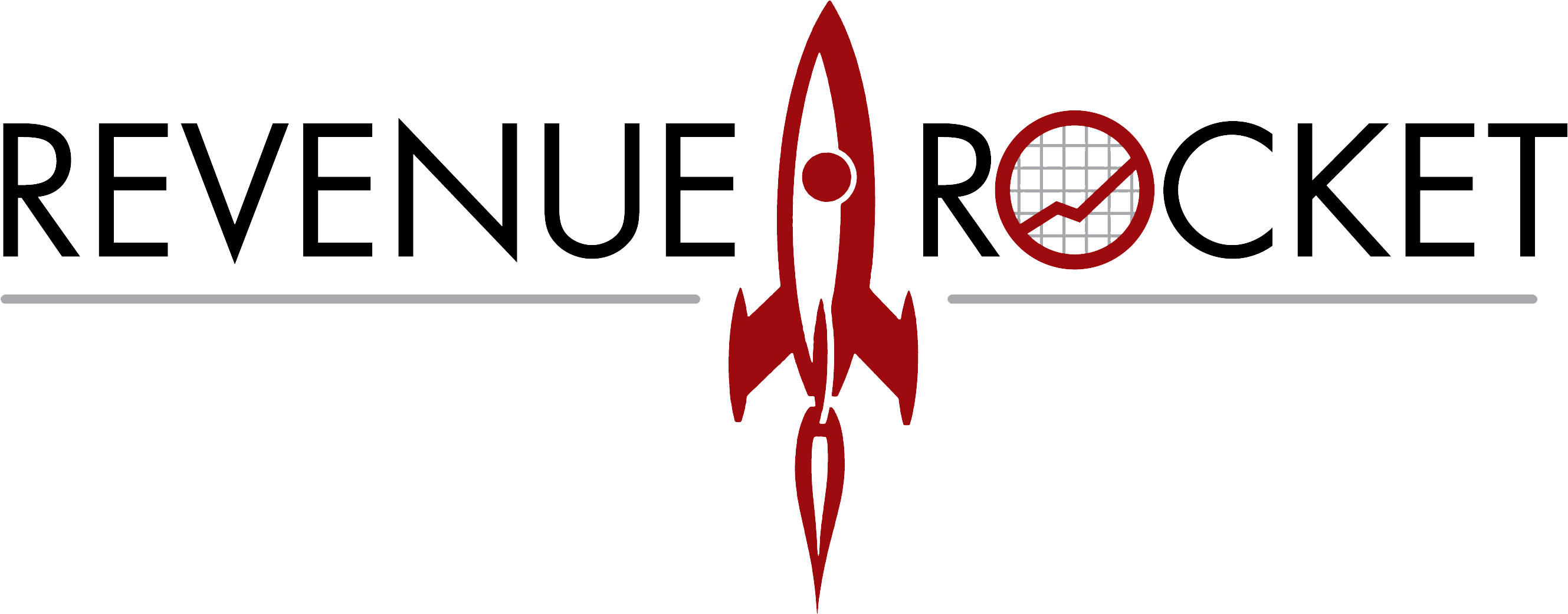06 Dec To Get in Good with Microsoft, Find the Right Salesperson
In my previous blog I opined on how IT services firms can better manage their Microsoft relationship. With this blog I’m tapping into the experiences of experts I assembled for a panel discussion I hosted on this topic in July at the Microsoft Worldwide Partners Conference.
This group included Scott Bekker, editor in chief of Redmond Channel Partner magazine; Phil Welt, managing partner with 3Sharp; Pete Fox, president of Jabra; Ted Dinsmore, director at SphereGen; and Steven Fitzgerald, president of Habanero Consulting Group.
The place to start the discussion is with what seems to be going on at Microsoft. The opinion is that Microsoft is facing a challenge in how best to manage the cloud. Microsoft is making the transition from a license-based model to a subscription-based model, and it’s a challenging one. What Microsoft seems to be working out is that there’s more to selling licenses and capabilities, which has been its bread and butter to this point. The new selling model for the company is what has been the bread-and-butter model for the partner community, which is selling a solution set to companies looking for technology to solve business problems.
This should be good news for partners. There was a sense among the panel that Microsoft was, as part of this transition, moving away from transactional sales and moving up the “strategy stack.” What this portends is that there might be fewer Microsoft feet on the street, which means the company will be looking to the partners to help it manage more strategically.
With that brief background, what can the partner community do to get more closely aligned with, and on the radar screen of, those within Microsoft who can help them? The simple answer to getting your fair share of attention at Redmond is to be on the same page with Microsoft. What that means from a product standpoint is the areas of the business that Microsoft is most interested in selling right now. They are Office 365, Windows Azure and System Center licenses. This is important to you because the Microsoft field sales force — the people you need most on your side — marches to the beat of the Scorecard. This is the set of goals and objectives that each salesperson has for either the territory or the vertical they cover, and from which they won’t deviate.
The trick, of course, is finding the salesperson with the Scorecard that matches your particular area of expertise — and woe betides the generalist IT services firms without such a specialization. Part of the problem is finding someone at Redmond with a focus on the SMB market. They’re there, but you have to summon up your inner Sherlock Holmes to track them down. One avenue for your search is to find the Specialist Team Unit in your territory, and try to identify the technology specialist — the SharePoint person, or the Dynamics person. What they’re going to care about is what you can do that affects the customers you have and the revenues they represent.
The way to win these folks over to your cause, almost more than anything else, is your attitude. And the attitude is, very simply, “How can I (partner) help you (Microsoft salesperson)?” You’ve no doubt found out that much of what you say to them they never hear, but they hear really well when you say, “How can I help you?” Funny how that works — but it does.


